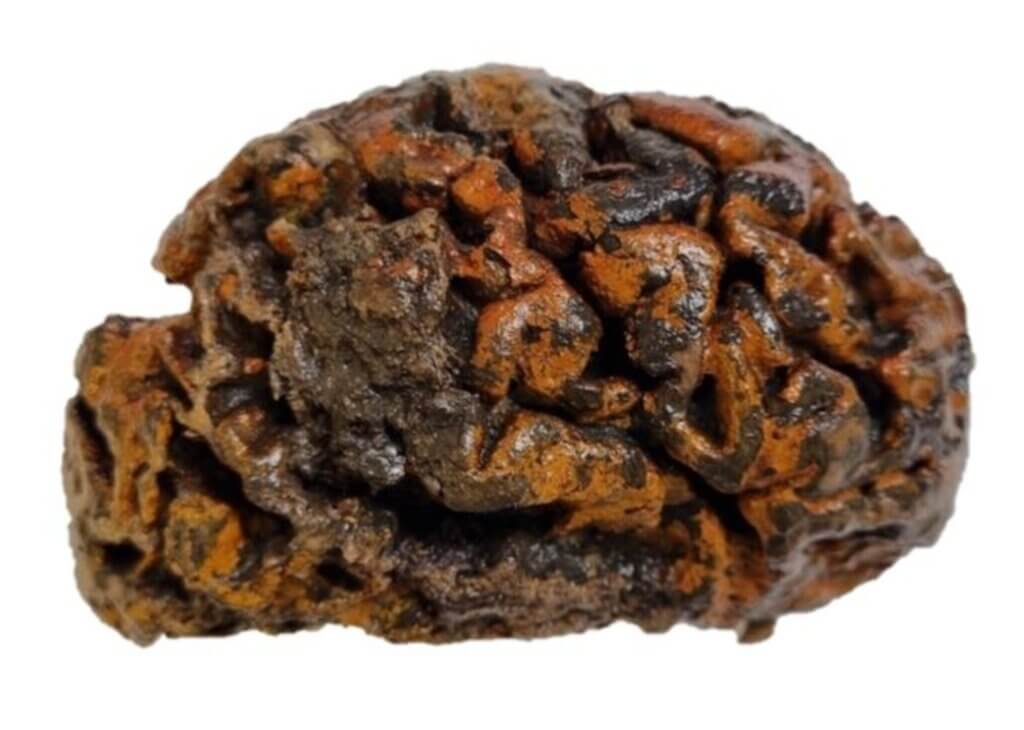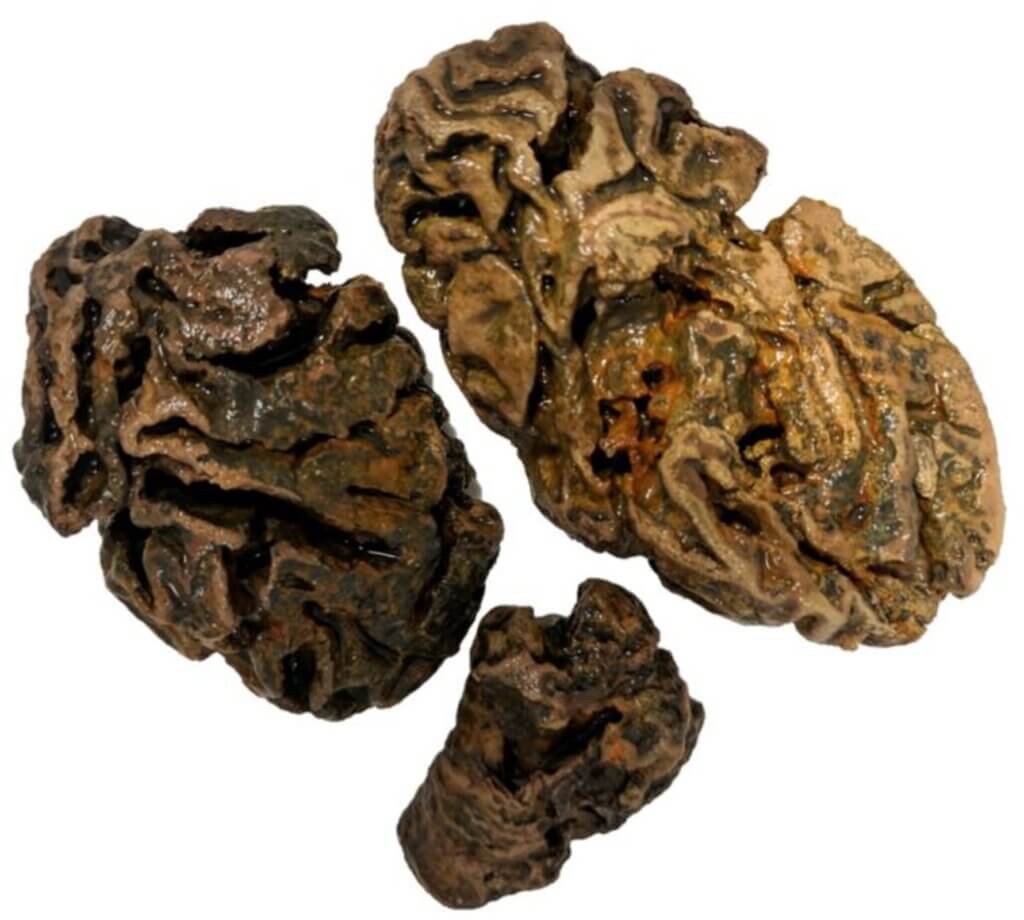The academic world is abuzz with the revelation that preserved human brains from archaeological sites are not as rare as once believed. The findings represent a significant leap forward in our understanding of brain preservation and its implications for studying ancient human life.
The study, published in the journal Proceedings of the Royal Society B Biological Sciences, has uncovered an astonishing archive of over 4,400 preserved human brains spanning the last 12,000 years. What’s even more remarkable is that more than 1,300 of these brains were found in the absence of any other soft tissues, challenging the long-held belief that the brain is among the first organs to decompose after death.

To understand the significance of this discovery, let’s take a step back and explore what we know about brain preservation. Typically, soft tissues like the brain are thought to persist through well-known mechanisms such as dehydration, freezing, and tanning. These processes can be triggered by deliberate human intervention (think ancient Egyptian mummification) or by naturally occurring factors like extreme climates.
However, researchers found that the majority of the preserved brains in their study — a whopping 30.1 percent — didn’t fit into any of these conventional categories. Instead, they seem to have been preserved through an unknown mechanism that appears to be unique to the central nervous system. This mysterious preservation process allowed these brains to endure for millennia, even when all other soft tissues had long since disappeared.
So, what could be behind this enigmatic phenomenon? Oxford researchers propose two possible explanations: molecular crosslinking and metal complexation. Molecular crosslinking involves the formation of stable, polymerized macromolecules through the bonding of proteins, lipids, and sugars. The brain, with its high concentration of lipid-rich proteins, might be particularly susceptible to this process.
“This record of ancient brains highlights the array of environments in which they can be preserved from the high arctic to arid deserts,” says study co-author Erin Saupe, professor in Oxford’s Department of Earth Sciences, in a media release.
On the other hand, metal complexation suggests that the formation of inorganic phases, such as through the binding of metals like iron and copper to organic compounds, could help replicate or stabilize nervous tissues over time. The presence of these metals has been confirmed in some preserved brains, hinting at their potential role in the preservation process.
But the implications of this study go far beyond simply understanding how brains can persist through the ages. These preserved brains represent an untapped treasure trove of information for scientists studying human evolution, health, and disease.
For instance, analyzing the proteins and lipids in these ancient brains could shed light on the development and progression of neurological disorders, offering valuable insights into conditions like Alzheimer’s and Parkinson’s disease. Moreover, extracting DNA from these preserved tissues might help us unravel the complex genetic history of our species, revealing secrets about our past that modern populations alone cannot tell.

As we stand on the brink of this exciting new frontier in bioarchaeology, it’s clear that the study of ancient brains has the potential to revolutionize our understanding of the human story. From the earliest days of our species’ journey to the present, these astonishingly resilient organs have borne witness to the triumphs and trials of our ancestors.
“These ancient brains provide a significant opportunity for unique insights into the early evolution of our species, such as the roles of ancient diseases,” notes study co-author Dr. Ross Anderson, from Oxford’s Department of Earth Sciences.
So the next time you hear about the discovery of an ancient human brain, remember that you’re not just learning about a single individual’s life — you’re glimpsing a window into the very essence of what makes us human. As we continue to unravel the mysteries of these preserved brains, we may find ourselves rewriting the story of our species, one neuron at a time.












